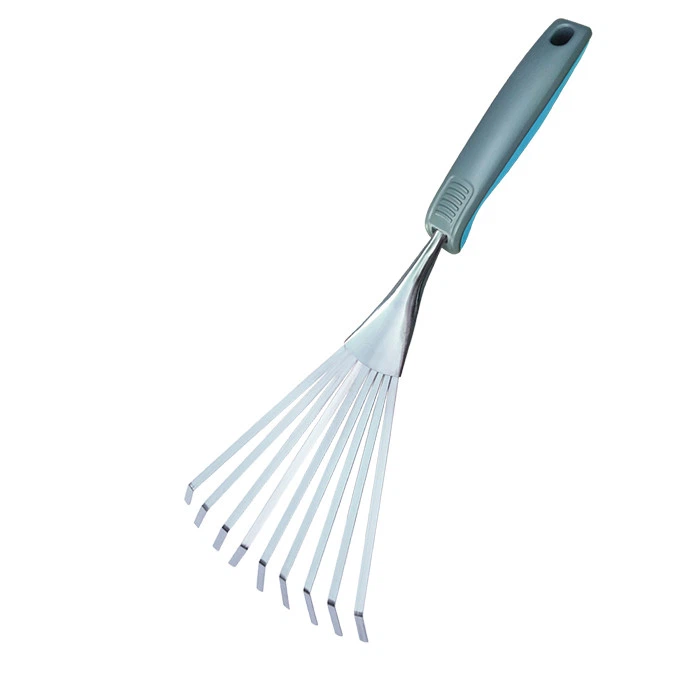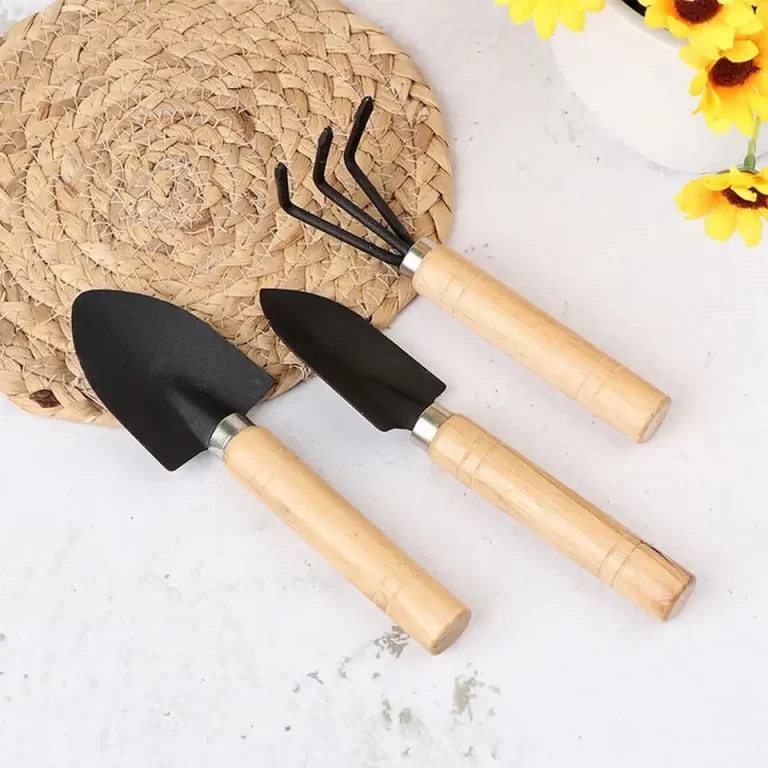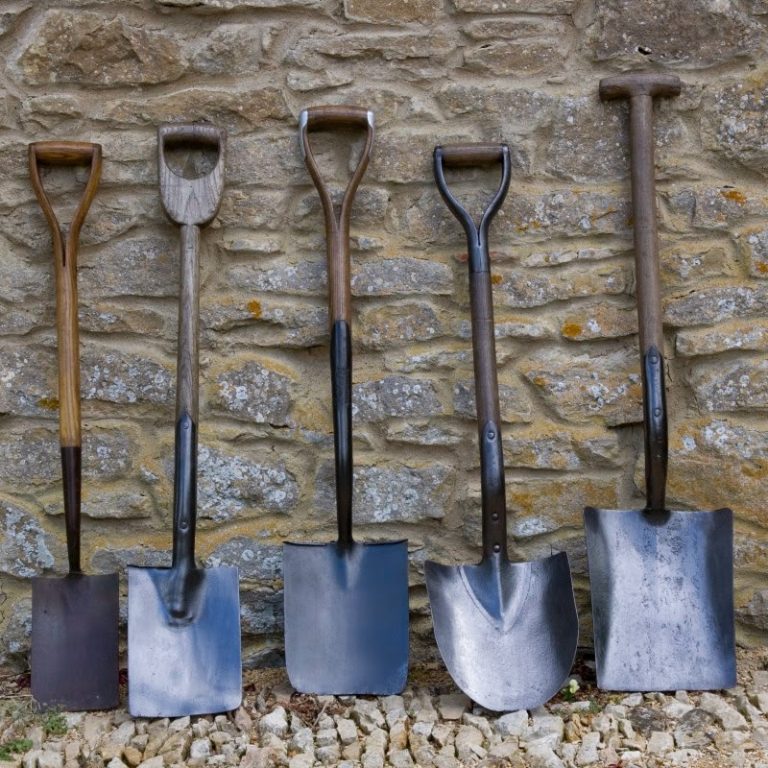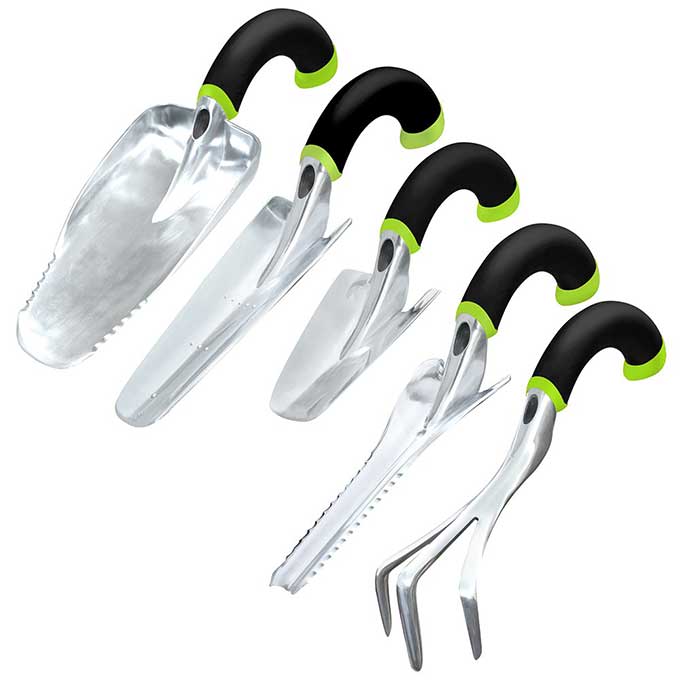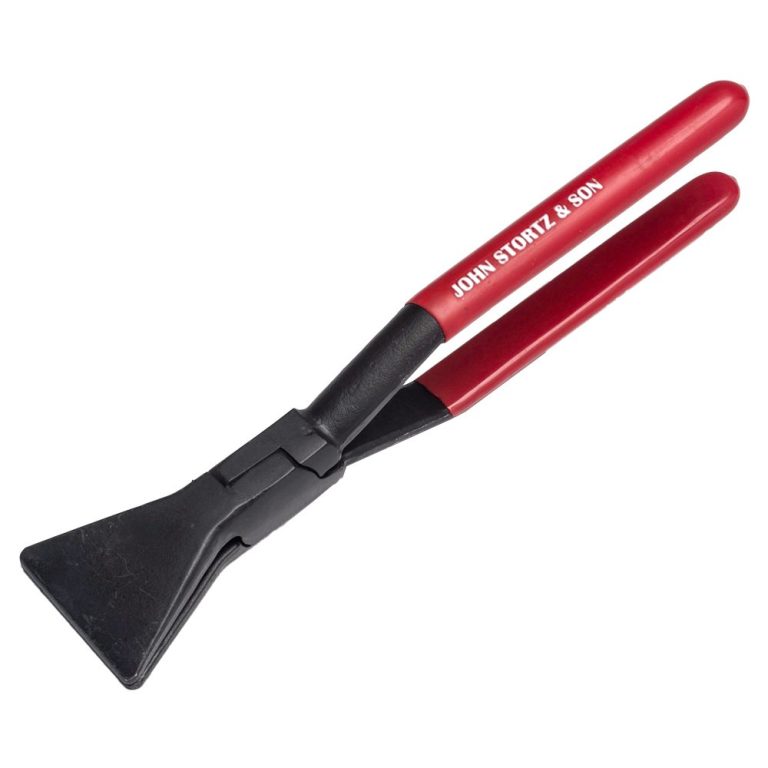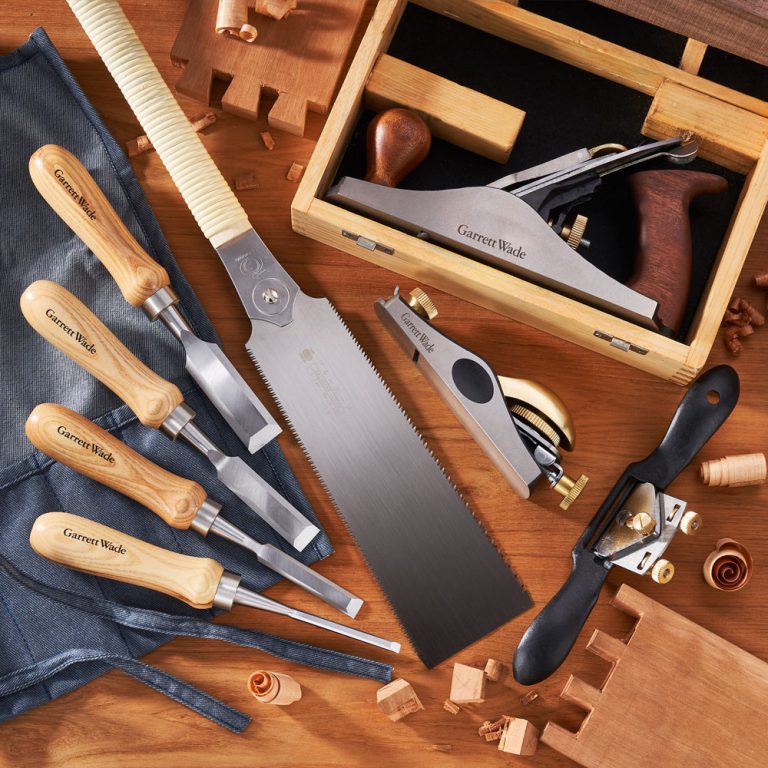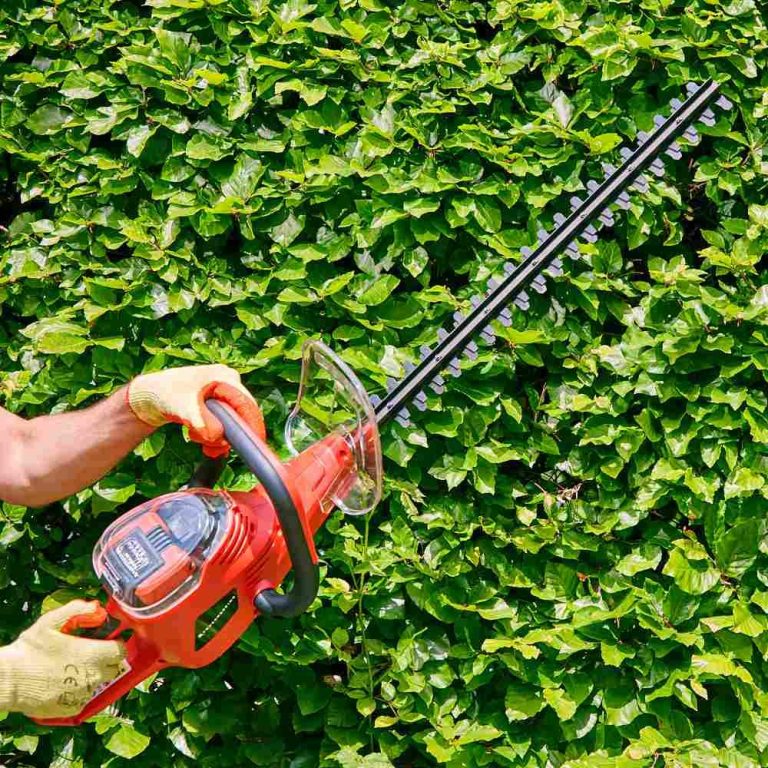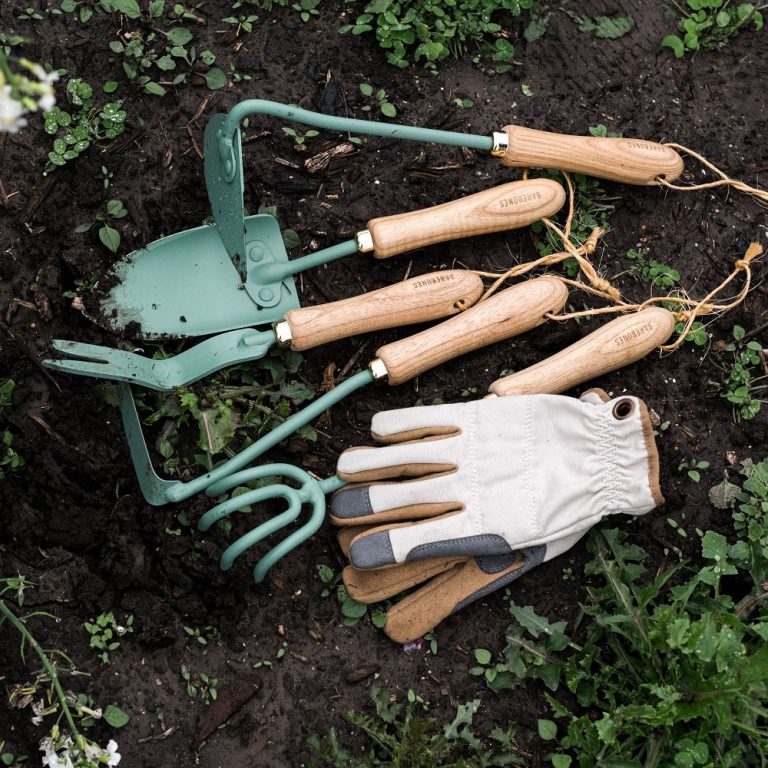Gardening is a rewarding hobby. It allows individuals to connect with nature while growing their own plants, flowers, and food. To make the gardening process smoother and more enjoyable, having the right tools is essential. Hand held garden tools play a crucial role in helping gardeners complete their tasks effectively and efficiently. This article will explore the essential handheld tools that every gardener should have in their toolkit.
The Importance of Handheld Tools
1. Enhancing Efficiency
Hand held garden tools are designed for precision and ease of use. They help gardeners accomplish tasks more efficiently. For instance, using a hand trowel allows you to dig small holes quickly, whether planting seeds or transplanting plants. The right tools save time, allowing you to focus on the creative aspects of gardening, such as designing flower beds or planning crop rotations.
Efficiency is not only about speed but also about accomplishing tasks with minimal effort. Ergonomically designed handheld tools can reduce strain on your body, preventing fatigue during long gardening sessions. This makes gardening accessible to everyone, regardless of age or physical ability.
2. Promoting Health and Well-Being
Gardening is an excellent way to stay active and promote physical health. Using handheld tools encourages physical activity and helps gardeners engage in exercises such as bending, stretching, and lifting. These movements improve strength, flexibility, and endurance over time. Moreover, spending time outdoors reduces stress and anxiety, contributing to mental well-being.
The connection between gardening and mental health is increasingly recognized. Studies show that interacting with plants can elevate mood and decrease feelings of depression. Having the right tools enhances this experience by making gardening less cumbersome. A comfortable experience motivates gardeners to continue nurturing their green spaces, enriching both body and mind.
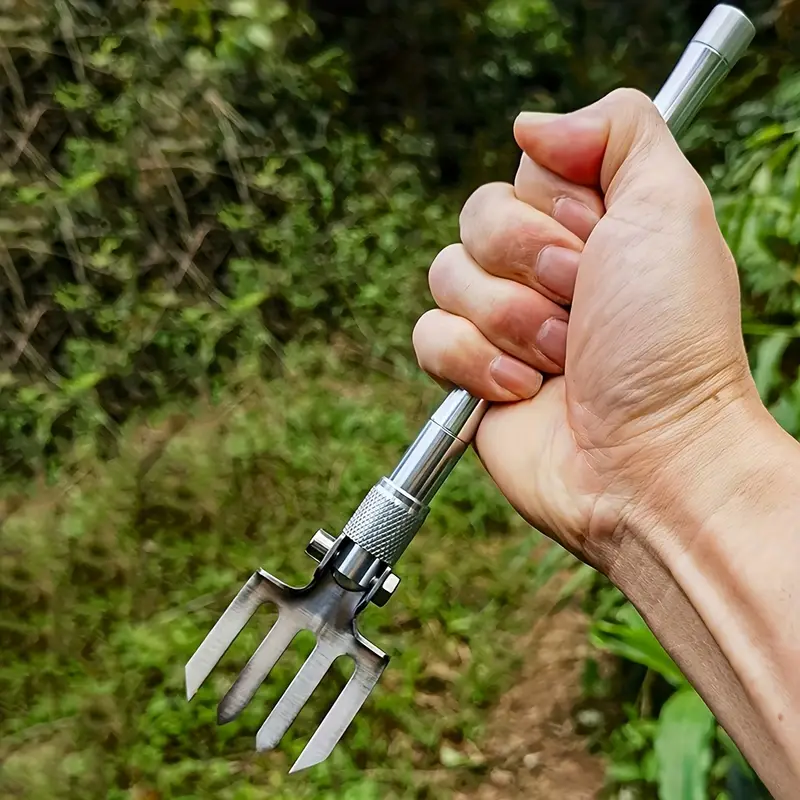
3. Learning and Growing
Hand-held tools are not just about functionality; they also foster skill development. For beginners, using these tools encourages learning and exploration. Mastering the use of a trowel, pruners, or cultivators helps gardeners develop a deeper understanding of plant care and garden maintenance. They can learn about soil types, plant anatomy, and seasonal changes in their environment.
As gardeners become more skilled, they may experiment with new techniques and approaches. For example, learning to prune effectively can lead to healthier plants and more abundant blooms. The learning process, enhanced by handheld tools, creates a fulfilling and enriching gardening journey, allowing individuals to cultivate their passion.
Essential Handheld Tools
1. Hand Trowel
A hand trowel is one of the most versatile and commonly used tools in gardening. It features a pointed, scoop-shaped metal blade and a sturdy handle. This tool is perfect for digging holes, transferring soil, and planting seeds or seedlings. The size and shape of the trowel allow precise work in tight spaces, such as flower beds or container gardens.
When choosing a trowel, look for one with a comfortable grip and durable materials. Stainless steel blades resist rust and are generally easier to clean. Some designs even feature markings to measure depth, making it easier to ensure proper planting depth for seeds and bulbs.
2. Pruning Shears
Pruning shears, or secateurs, are vital for maintaining the health and appearance of plants. These cutting tools help trim branches, remove dead foliage, and shape plants. Using pruning shears encourages new growth by allowing more sunlight to reach the plant’s interior. It’s essential to select a pair that feels comfortable in your hand and has sharp blades for clean cuts.
There are different types of pruning shears available, including bypass and anvil models. Bypass shears have curved blades that create a scissor-like action, suitable for living plants. Anvil shears feature a straight blade that cuts against a flat surface, ideal for cutting dead wood. Knowing when to use each type increases your efficiency and protects your plants.
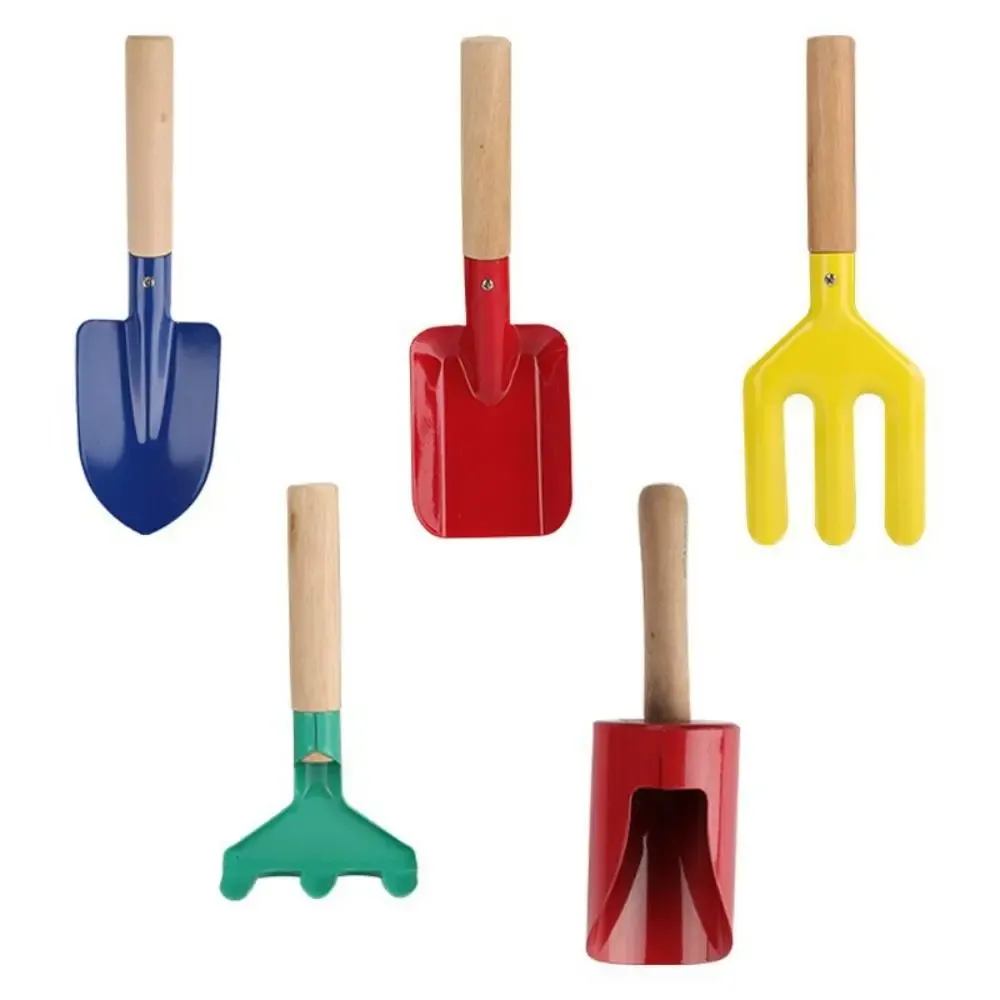
3. Hand Rake
A hand rake is another essential tool in the gardener’s toolkit. It consists of a small handle attached to several sturdy tines. Hand rakes are excellent for gathering leaves, leveling soil, and breaking up compacted dirt. They are effective for creating seedbeds and cleaning up garden debris after planting or harvesting.
When selecting a hand rake, consider the width of the rake head and the material of the tines. Metal tines are sturdy and last longer than plastic ones. However, plastic tines may be more comfortable to use on delicate soil or tender plants. A versatile hand rake can make gardening tasks more manageable and enjoyable.
Choosing Quality Tools
1. Material Matters
When purchasing hand held garden tools, pay attention to the materials used in construction. High-quality tools are often made from durable materials like stainless steel, aluminum, or high-carbon steel. These materials resist rust, corrosion, and wear over time. Investing in quality tools can lead to long-term savings, as they will not need frequent replacement.
Plastic handles or lightweight metal may be less expensive, but they often do not withstand heavy use. Therefore, consider how often you plan to use each tool and select materials accordingly. A well-made tool can withstand the rigors of gardening while providing the performance you need.
2. Ergonomic Design
Ergonomically designed handheld tools can improve comfort and reduce strain. Look for tools with padded grips, angled handles, and lightweight materials. Features such as cushioned grips absorb shock and provide more comfort during extended use. Angled handles keep your wrists in a neutral position, minimizing fatigue.
A physical evaluation is important when selecting tools. If possible, hold them in your hand to assess comfort. A tool that feels good will encourage regular use and enjoyment of gardening tasks. Investing in ergonomically designed tools is a small change that can significantly impact your gardening experience.
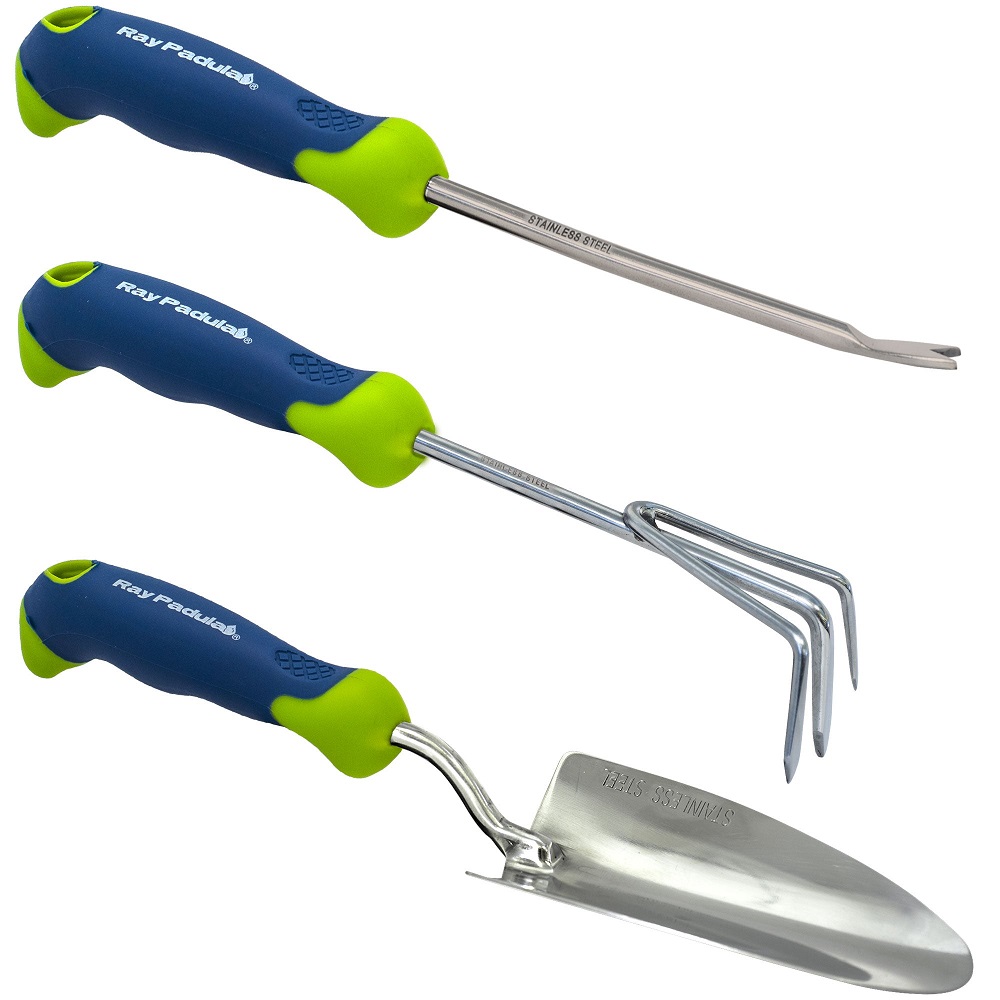
3. Storage Solutions
After acquiring high-quality handheld tools, maintaining and storing them properly is essential. Consider investing in a tool shed, storage bin, or wall-mounted tool organizer. Keeping your tools clean and organized will extend their lifespan and make it easier to find what you need. A clean workspace promotes a more efficient and enjoyable gardening experience.
Regularly check tools for wear or damage. Sharpen blades as needed and clean off soil after each use. This care ensures they remain efficient and effective. A little maintenance goes a long way in preserving the quality of your gardening tools.
Knowing Your Gardening Needs
1. Assessing Your Space
Before selecting your tools, consider the type of gardening you plan to do. An apartment balcony garden will require different tools than a large vegetable plot. Assessing your gardening space will help determine which handheld tools are essential. Smaller spaces may only require a few key tools, while larger areas may necessitate a broader selection.
Understanding your gardening goals will also guide your tool selection. If you are primarily growing flowers, you may need more pruners and trowels. If vegetable gardening is your passion, consider investing in specialized tools for planting and harvesting.
2. Seasonal Considerations
Gardening changes with the seasons. Certain tools may be more useful during specific times of the year. For example, spring and summer will require tools for planting and maintenance, while autumn focuses on cleanup and preparation for winter. Anticipating your seasonal needs will help you remain organized and ready for the various tasks ahead.
Having the right tools on hand for each season can streamline your gardening routine. Take the time to rotate your tools based on the season and check for any necessary repairs or maintenance.
3. Learning from Experience
Each gardening experience offers a chance to learn and improve. As you progress, you may discover preferences in your tool selection. Perhaps a specific hand trowel feels better than another, or you find a particular pruning shear significantly eases your work. Keeping a journal or notes can help track your gardening activities and the tools you found most effective.
Learning from experience can also guide future purchases. Over time, you may wish to upgrade your collection based on your evolving gardening style and needs. Each season brings opportunities for growth and discovery in your gardening journey.
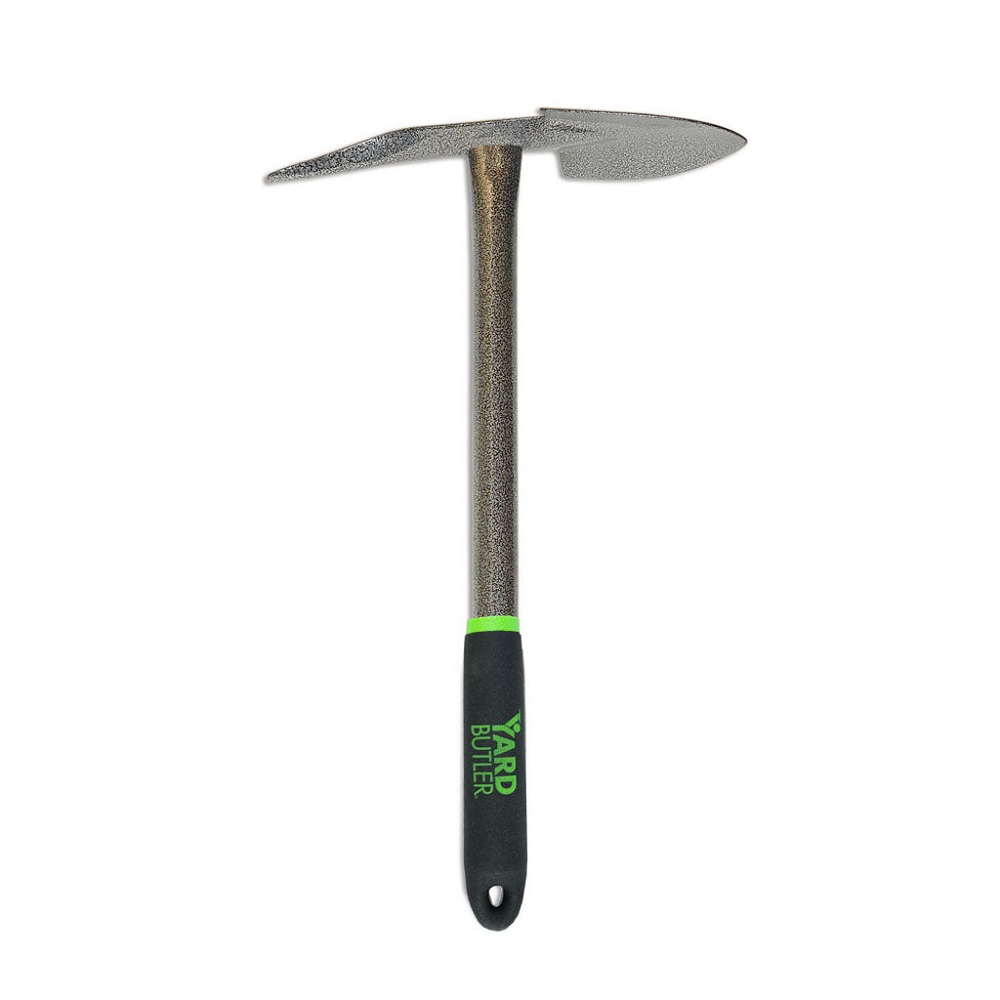
Safeguarding Against Injuries
1. Gardening Safety Basics
Gardening, while enjoyable, can pose risks if proper safety measures are not in place. Always wear gloves to protect your hands from cuts, scratches, and exposure to dirt and harmful chemicals. Consider wearing knee pads during extensive periods of kneeling to protect your knees from strain during digging or planting tasks.
Footwear is also an important consideration. Sturdy shoes or boots provide support while guarding against stubs and slips. If working with tools like pruning shears, pay attention to proper handling techniques to avoid accidental injuries. Learning safety practices will create a more enjoyable and secure gardening experience.
2. Maintaining Tool Safety
Keep handheld tools in good working condition to avoid accidents. Dull blades can slip and cause injury, while broken tools may fail during use. Regularly check for wear and tear, and address repairs promptly. Proper storage is also essential; avoid leaving tools lying around whereFootwear is also an important consideration. Sturdy shoes or boots provide support while guarding against stubs and slips. If working with tools like pruning shears, pay attention to proper handling techniques to avoid accidental injuries. Learning safety practices will create a more enjoyable and secure gardening experience.
3. Being Mindful of the Environment
Gardening is not only about personal enjoyment but also about caring for the environment. When using chemicals, consider eco-friendly alternatives. Hand tools do not produce emissions and minimize the need for large machinery, aligning with more sustainable practices. By choosing environmentally friendly methods, you create a better space for local wildlife and maintain healthier soil.
Encouraging biodiversity can also enhance your garden’s health. Incorporate flowering plants to attract pollinators and use native plants to reduce your gardening impact. Handheld tools are integral to this process, assisting in creating a thriving environment for both your garden and its visitors.
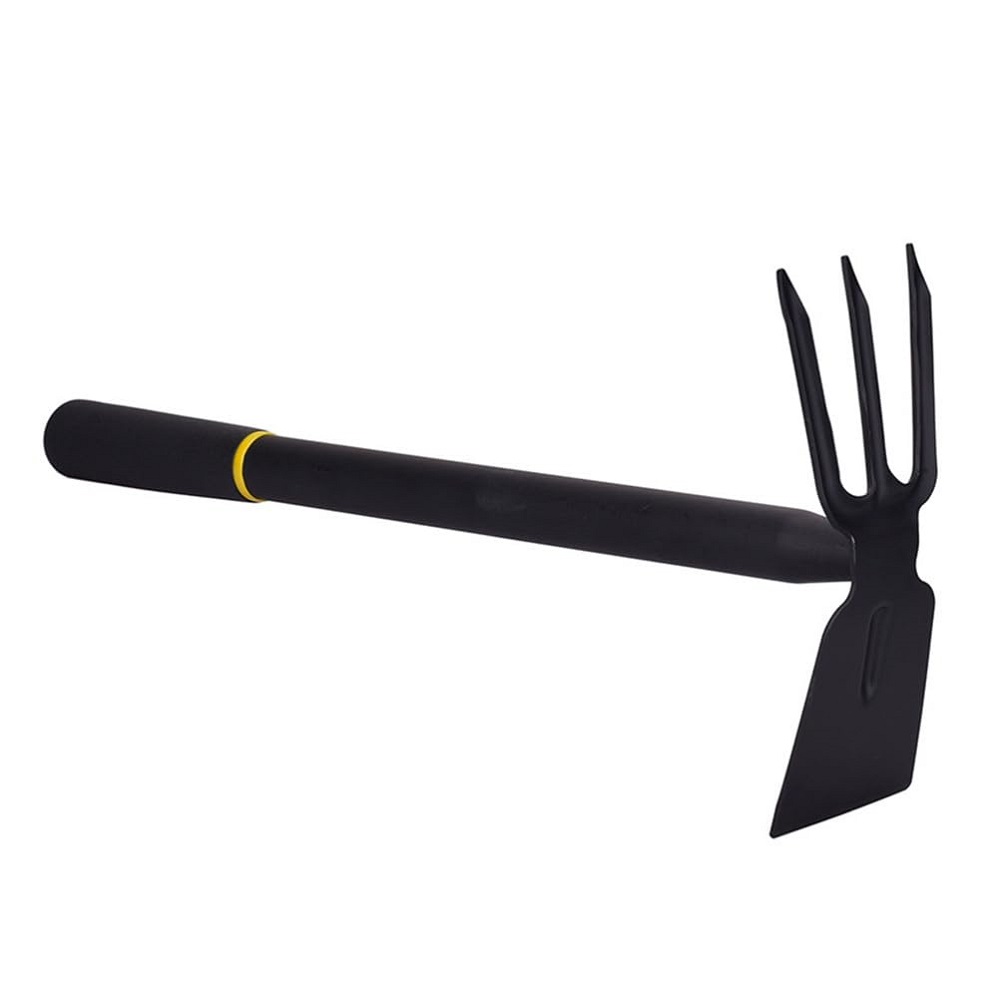
Investing in Your Gardening Journey
1. Building a Toolkit Gradually
It may not be necessary to purchase all your gardening tools at once. Start with the essentials that suit your immediate gardening needs. As you develop your skills and grow your garden, consider slowly adding tools to your collection. This will allow you to invest in quality tools without overwhelming your budget.
Building your toolkit gradually also allows for informed purchases. With experience, you will understand which tools truly enhance your gardening activities. This approach encourages thoughtful investment rather than impulse buying, resulting in a more satisfying gardening experience over time.
2. Sharing and Collaborating
Gardening can also be a collaborative effort. Consider sharing tools with friends or neighbors who garden as well. This can foster a sense of community and allow everyone to benefit from each other’s gardening experiences. Collaborating on larger projects can also create opportunities for learning and sharing techniques.
If you are part of a gardening club or community group, pooling resources can lead to a more extensive array of tools available for use. This can alleviate individual costs and create a supportive gardening environment.
3. Embracing the Journey
Finally, remember that gardening is a journey, not just a destination. Each season and each tool contributes to your overall experience. Embrace the process, celebrate your successes, and learn from failures. Hand held garden tools are not just instruments for tilling soil; they are partners in a rewarding activity that nourishes your creativity and connection to the earth.
Investing in quality hand held garden tools opens new doors for every gardener. They enhance your experience while fostering growth, both in terms of your garden and personal development. By selecting the right equipment and caring for it properly, you will set yourself up for a successful and enjoyable gardening journey.
